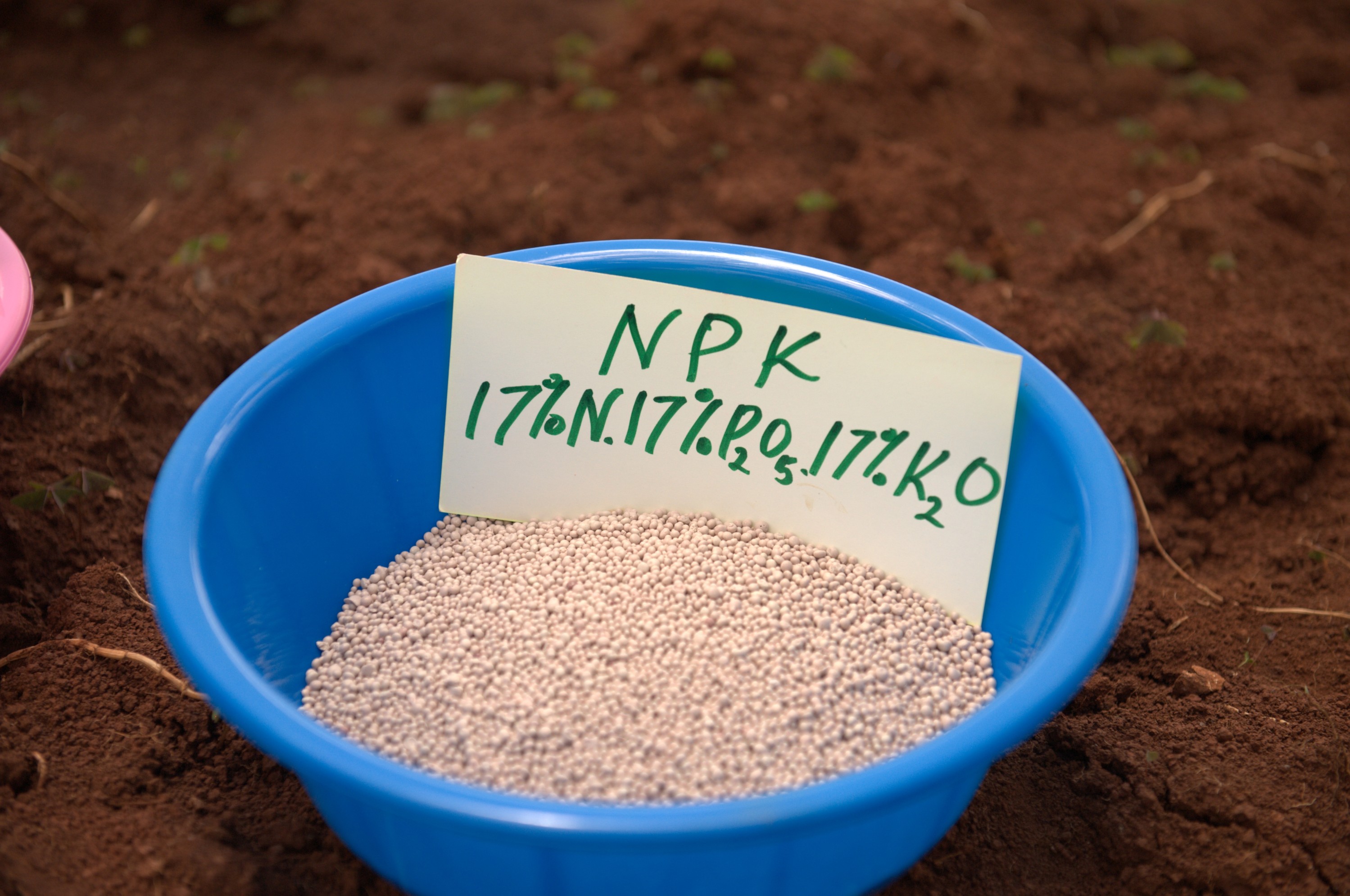About this course
This course provides an in-depth understanding of the scientific principles behind the right source of nutrients for optimal plant growth and development. Students will learn about essential plant nutrients, their functions, and the origins of mineral nutrients in plants. The course also covers using fertilizers and their impact on crop growth, yield, and quality. The importance of balanced nutrition in crop production and selecting the right nutrient source for optimal crop yield will also be covered.
Comments (0)
Customized fertilization programs that consider the specific needs of plants and the nutrient content of the soil, soil testing, and proper use of fertilizers are essential tools for achieving optimal plant growth and minimizing environmental impacts, particularly in the face of climate change.
Essential plant nutrients are vital for the growth and development of plants, and they can be classified into macronutrients and micronutrients. Identifying and correcting nutrient deficiencies is necessary for healthy plant growth and high yields. Fertilizer management is essential to ensure that plants receive vital nutrients while minimizing environmental harm.
Mineral nutrients are essential for the growth and development of plants. They are the building blocks of plant cells and are involved in various physiological and metabolic processes. In this module, we will discuss the sources of mineral nutrients and their role in plant nutrition and fertilizer management.
Balanced nutrition is crucial for optimal plant growth & development and is fundamental to climate-smart agriculture. Plants require 17 essential nutrients for growth, including nitrogen, phosphorus, potassium, and micronutrients like iron, manganese, and zinc. Understanding plant nutrition and fertilizer management is necessary to ensure that plants receive the right balance of essential nutrients.
Fertilizers are essential materials containing plant nutrients soluble in the soil solution phase and readily available for plant root uptake. In this module, we will discuss fertilizers' different forms and characteristics.
The nutrient content of fertilizers is usually indicated on the bag's label as a series of numbers. The first three numbers always refer to the primary nutrients N, P, and K. These nutrients are expressed as percent N-P2O5-K2O, where the contents of P and K are commonly indicated in oxide form (i.e., P2O5 and K2O). For example, a compound fertilizer labeled 17-17-17 means that the nutrient content of the fertilizer is 17% N, 17% P2O5, and 17% K2O. Similarly, a fertilizer labeled 18-46-0 contains 18%, 46% P2O5, and no K.
Regarding fertilizers, categorization is based on the nutrients they contain or their formulation approach. Choosing the correct fertilizer classification is crucial for farmers interested in implementing climate-smart agriculture.
Quiz & Certificates





